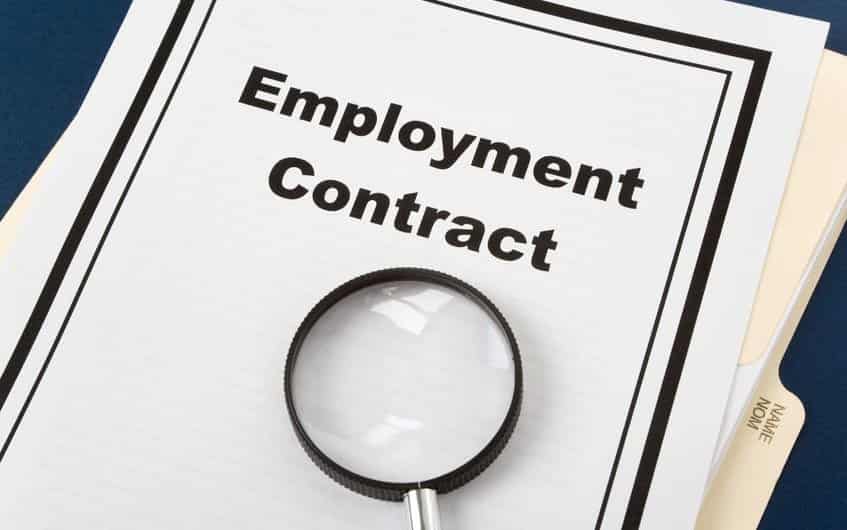When terminating an employee, you may be wondering what’s to stop them from making a claim for unfair dismissal. Whatever the reason for termination is, there are ways you can protect your business by using a Deed of Release.
A Deed of Release is one of the most important documents you will use as an employer. This is because it ‘releases’ you from future legal obligations, meaning that you cannot be sued by the employee. However, Deeds of release can be used in many other circumstances and are also common in disputes where a settlement takes place.
In this article, we’ll discuss 6 things you need to know about these documents.
Table of Contents
1. What it is
When a legal issue arises between two parties, they will often settle before the matter goes to Court. To formalise this arrangement, the parties sign an undertaking to fulfil the terms they have settled on. This is known as a Deed of Release and effectively ‘releases’ the parties from future liabilities.
2. What it entails
Typically, one party undertakes to pay a certain amount or do a specific act. The other party then releases them from future liability. This means that a party cannot take future legal action after a Deed of Release has been signed.
This is also used when there is a mutual release of liability between the parties, so that both parties agree to release each other from all future claims on the basis that they have reached a settlement.
3. When to use it
A Deed of Release is most commonly used to finalise current and future issues between an employer and former employee. These matters may be claims arising out of the termination of employment. A good example is when an employee is being paid a redundancy amount. In those circumstances, the employer and employee execute a Deed or Release and it is agreed that the payment of the redundancy amount will prevent any further claims.

Get a free legal document when you sign up to Lawpath
Sign up for one of our legal plans or get started for free today.
Protection from any future legal claims
Employers will often only make a termination payment to an employee after a Deed of Release has been signed. This serves to protect the employer and also clearly sets out the expectations of the employee’s conduct moving forward.
This will prevent the employee from bringing any claims against you, including an unfair dismissal claim.
Consequences of not using a Deed of Release
Employers that opt not to use this document can be exposed to the risk of legal proceedings, which may result in the payment of further compensation or further action by the employee. It is important to note that no employee should ever be pressured into signing a deed of release. An employee should be given the opportunity to obtain legal advice about the contents of a deed if they wish.
4. Important provisions
Both parties to a Deed of Release will not want to admit any liability. A Deed of Release effectively clears the parties of any wrongdoing or potential liability. Some common terms of a Deed of Release cover:
- Any payments
- The time frame for payment
- An agreement that the Deed is confidential
- A bar to any further legal proceedings
- A warranty by the terminated employee to
5. Limitations
A deed cannot bind anyone other than a party to the deed. Similarly, a deed between an employer and employee cannot serve to impede the work of statutory agencies, as it is a private arrangement between the parties. Further, a deed has no effect if it is against public policy, contrary to law or if its purpose is to conceal unlawful activity.
6. Your options if there is a breach
There are instances where a party may breach the terms of a Deed of Release. If this occurs, it is wise to consult with a lawyer to determine what your options are. A Court may order an injunction against the party who breached the release, or you may be able to be compensated for it.
Using a Deed of Release is a crucial way that you, as an employer, can protect yourself from future legal action. Similarly, an employee will feel secure in understanding their obligations moving forward.




